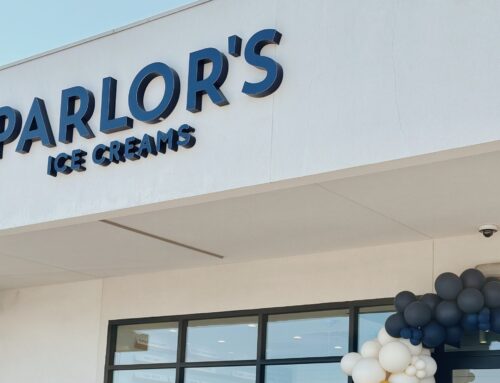“I was in at the beginning of the teardown trend, and it was a little scary,” says McKoin, who closed on the house 18 months ago. “I wasn’t sure where it was going to go from there. But it turned out to be something popular. A lot of people who won’t want to live in the suburbs are doing this. And I don’t see it ending anytime soon.”
McKoin isn’t the only one who feels that way. Teardowns – buying an older house, tearing it down, and building a bigger on in its place – are booming throughout our neighborhood, not only in the M streets, but also in other neighborhoods such as Vickery Place and Greenville Avenue to Lakewood Heights and Edgemont Park. This trend is part of what builders, residents and real estates experts call a reaction against urban sprawl and the flight to the suburbs, and it mirrors what’s going on in the Park Cities, Oak Lawn, Preston Hollow and Uptown.
People doing teardowns are attracted to established neighborhoods that are reasonably priced, close to downtown, shopping, and restaurants, and don’t require a 45-minute commute on Central.
Says McKoin: “Doing a teardown in East Dallas answered all of those parameters.”
But if teardowns are a sign that our neighborhood once again is among the most desirable places to live in the city – Dallas’ version of the Park Cities – it’s also a sign that our neighborhood is changing. And it’s this change that has many residents wondering if teardowns, in the long run, will alter the character that made our neighborhood so desirable in the first place.
“I’ve been selling in the M Streets for 12 years,” says Kyle Byrum, a Realtor with Coldwell Banker, “and if you told me then about what was going on now, I’d have laughed.”
What Comes Next / Debates over conservation districts will likely become more common during the next 18 months, because there doesn’t seem to be any slowdown in new teardowns. The economy might be cooling nationally, but Youngs says none of his projects have been on the market for longer than 30 days, and he sold most of them before construction was complete.
“I don’t know what the answer is,” Byrum says. “Personally, I like old houses, and I think older neighborhoods are more family-friendly. I remember when University Park was like that, before all of the teardowns came. But the market being what it is, there’s not much you can do about it.”
Still, that doesn’t mean that Robinson and other concerned residents aren’t going to try.
“First, it happens in another neighborhood,” he says, “and you notice it but don’t pay attention. Then it happens three blocks away, and you say it’s too bad, and what can you do about it.
“You don’t see the handwriting on the wall until it’s too late. And then you say: We should have organized the neighbors.”





